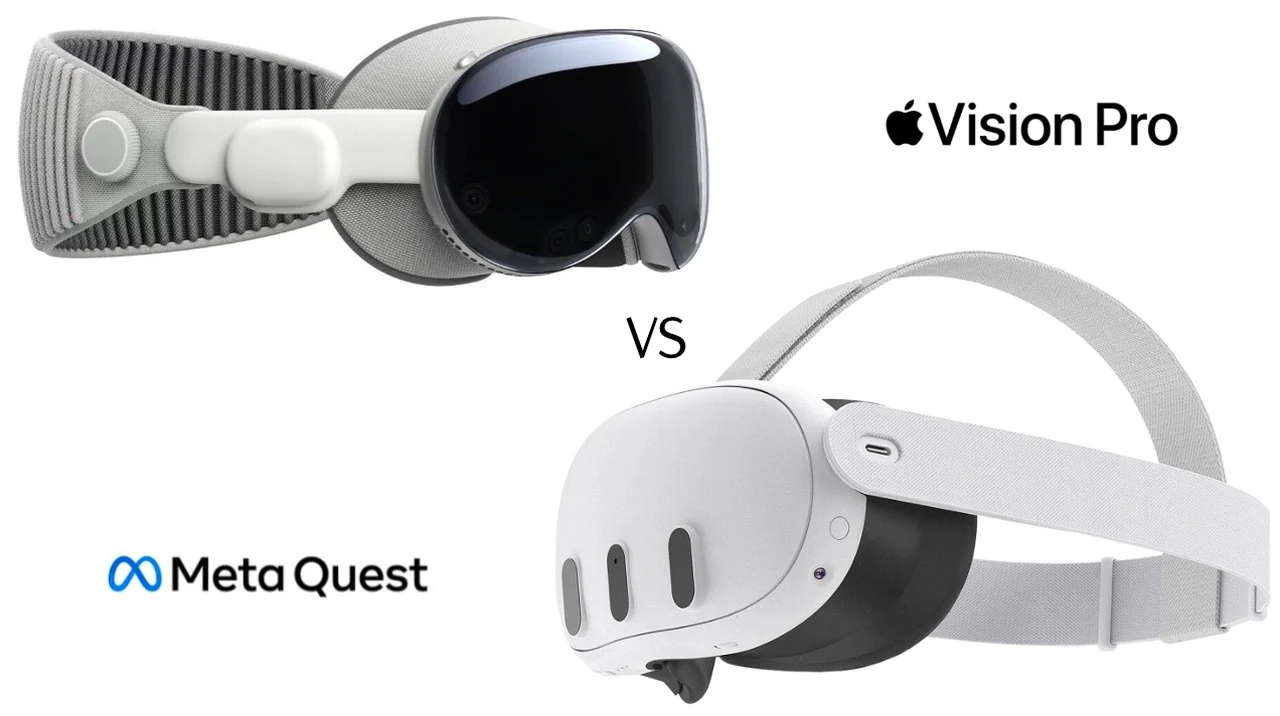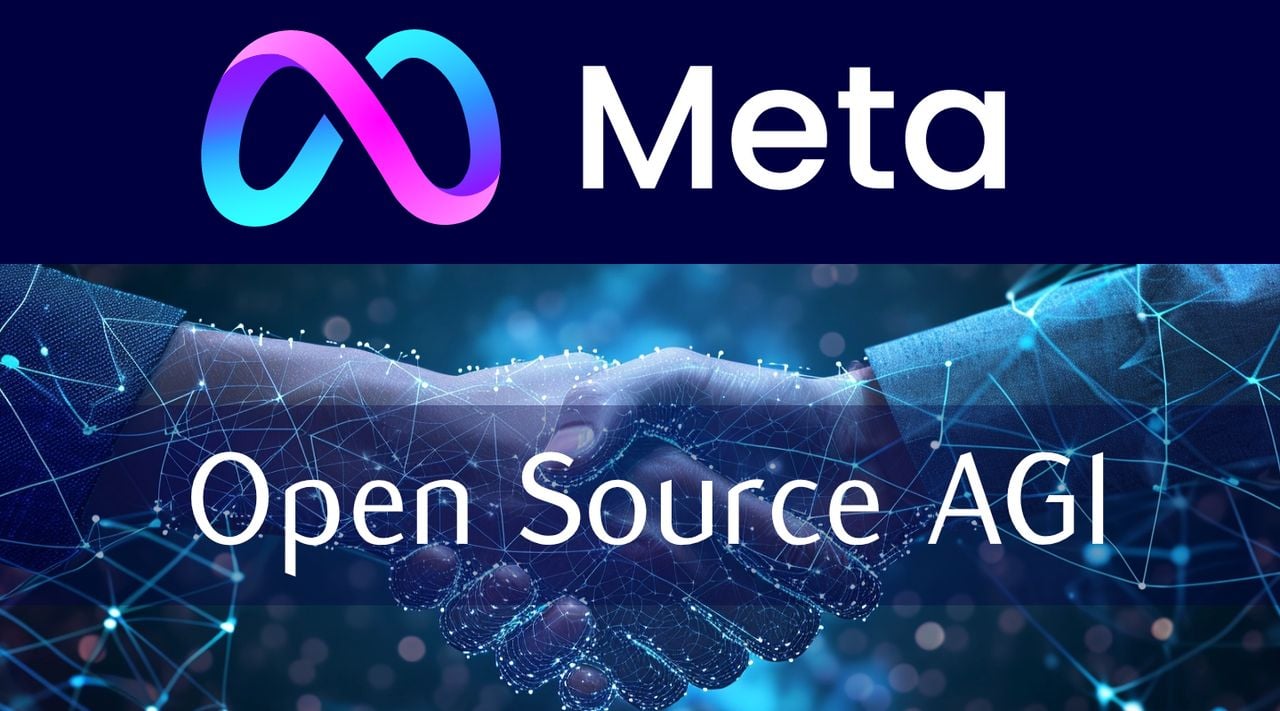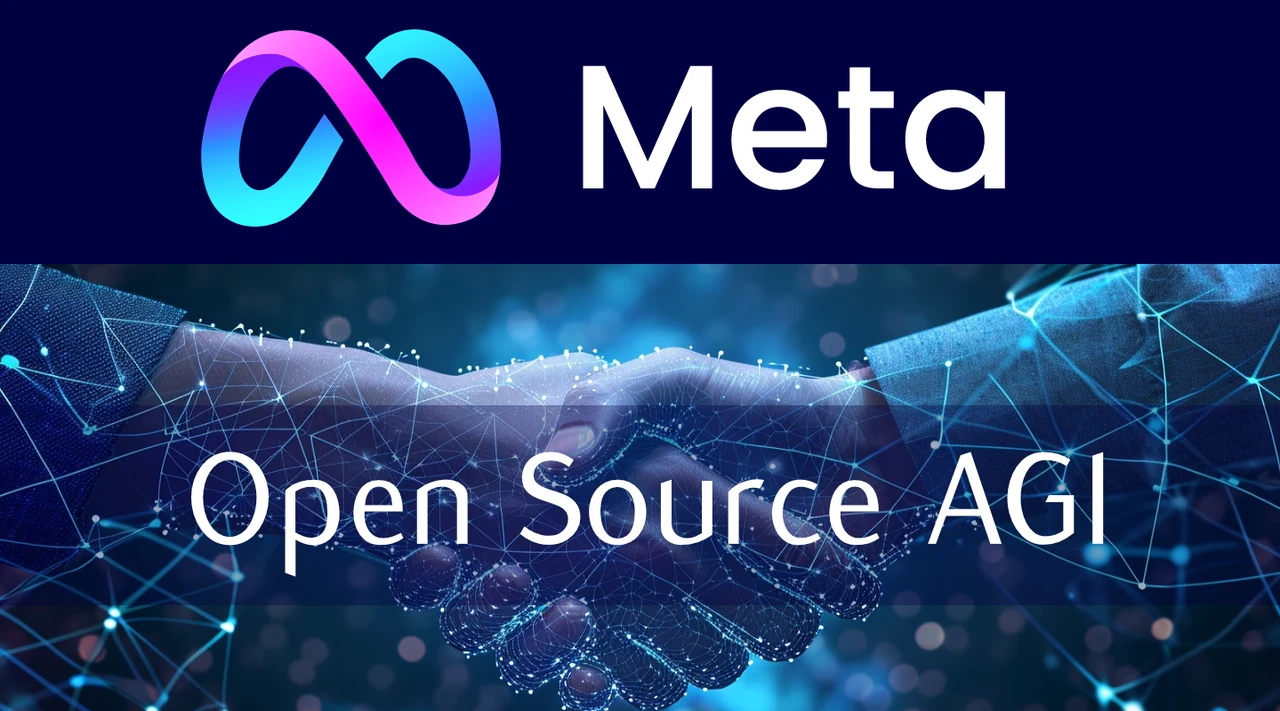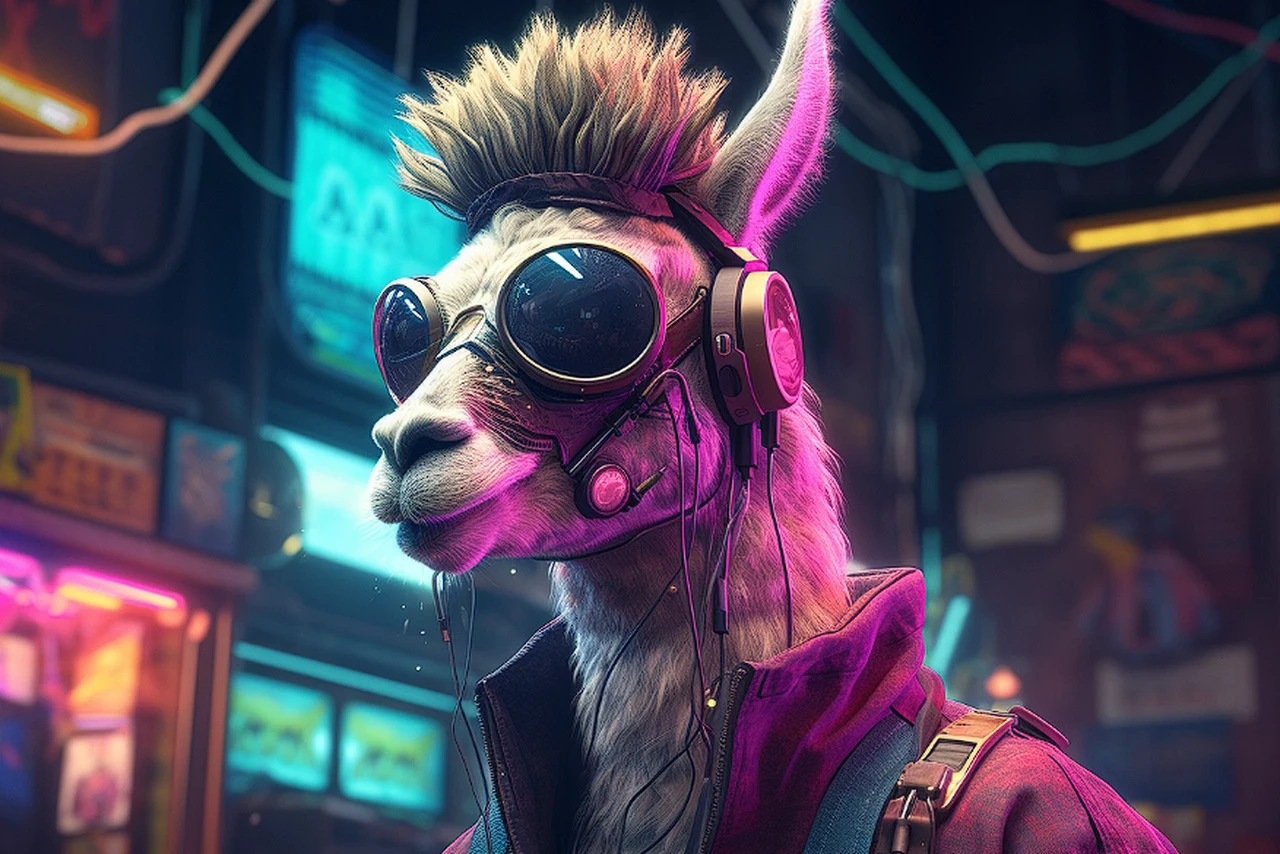[ad_1]

La apuesta de Mark Zuckerberg por el metaverso inicialmente pareció un gran error, eliminando más de 100.000 millones de dólares (alrededor de 8.39.113 millones de rupias) de su patrimonio neto. Pero ahora está dando grandes frutos.
Respaldado por un número récord Metaplataformas Por precio de acción, el patrimonio neto de Zuckerberg se ha multiplicado casi por seis en menos de dos años hasta alcanzar los 201.000 millones de dólares (alrededor de 16.86.617 millones de rupias), la primera vez que cruza la marca de los 200.000 millones de dólares (alrededor de 16.78.226 millones de rupias), según al índice de multimillonarios de Bloomberg. Ha pasado al cuarto lugar en la lista de las 500 personas más ricas del mundo detrás de él. Elon Musk, jeff bezosY Bernard Arnault.
Mientras que otros gigantes tecnológicos han logrado grandes aumentos en su patrimonio neto este año, NVIDIA Por ejemplo, el director ejecutivo Jensen Huang duplicó con creces su riqueza a 106.200 millones de dólares (alrededor de 8.91.138 millones de rupias), y nada ha crecido tanto como la riqueza de Zuckerberg. Ha añadido 73.400 millones de dólares (alrededor de 6.15.908 millones de rupias) a su riqueza desde el 1 de enero, gracias a su participación del 13% en Meta. La acción cerró en un máximo histórico el miércoles y ha subido un 60 por ciento este año.
Está muy lejos de 2022, cuando el inventario y Zuckerberg Su patrimonio neto disminuyó después de que su empresa sufriera cambios masivos, incluido un cambio de nombre e importantes inversiones en el Metaverso. En ese momento, Meta luchaba por encontrar su lugar con videos de formato corto mientras su rival TikTok ganaba popularidad. Ahora, los analistas creen que el cambio de Facebook a Meta finalmente está comenzando a dar sus frutos, ya que la compañía se inclina fuertemente hacia él. Gafas de realidad aumentada Orion.
“Con la confluencia de las mejoras de hardware de Meta en los últimos cinco años y los avances en inteligencia artificial, Orion representa la evolución de Meta de una empresa de redes sociales a una empresa de Metaverse”, escribieron los analistas de JMP Securities en una nota a los inversores esta semana.
Desde 2022, Meta ha despedido a decenas de miles de empleados, reduciendo su fuerza laboral global en un 25 por ciento. La compañía con sede en Menlo Park, California, ha tomado medidas para mejorar el rendimiento de sus acciones, incluido un programa de recompra de acciones por valor de 50.000 millones de dólares (alrededor de 4.18.928 millones de rupias) y el primer dividendo trimestral de Meta.
También se ha subido al tren de la inteligencia artificial (IA), gastando mucho en centros de datos y potencia informática, mientras Zuckerberg trabaja para construir una posición de liderazgo en la carrera de la IA en toda la industria. La compañía anunció recientemente más inversiones en creadores de IA, que interactúan cara a cara con los fans en línea.
La imagen pública de Zuckerberg también ha cambiado drásticamente desde hace dos años. El CEO de 40 años fue retratado anteriormente como un experto en tecnología, que se ha interesado por el surf y las artes marciales mixtas. Una foto de una estatua de dos metros de altura de su esposa, Priscilla Chan, se volvió viral recientemente en Instagram, y Zuckerberg afirmó estar “trayendo de vuelta la tradición romana de hacer esculturas de su esposa”.
También dijo que planea mantenerse al margen de la política. Habiendo expresado anteriormente sus puntos de vista sobre cuestiones de justicia social, desigualdad e inmigración, desde entonces ha expresado públicamente su arrepentimiento por algunas de sus actividades políticas.
“En el entorno político, creo que no logré muchos avances y creo que fundamentalmente diagnosticé mal el problema”, dijo durante un evento transmitido en vivo en San Francisco.
© 2024 Bloomberg LP
[ad_2]
Source Article Link












